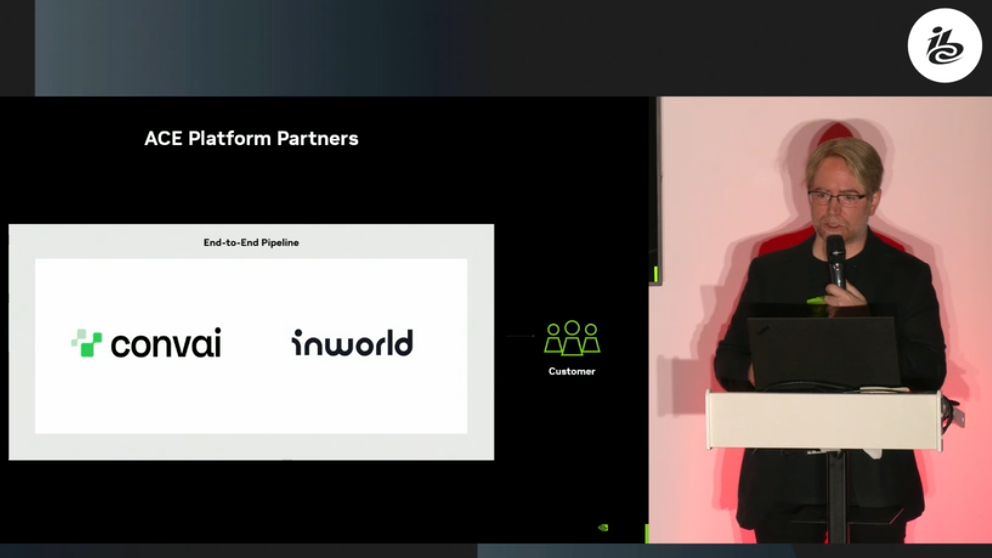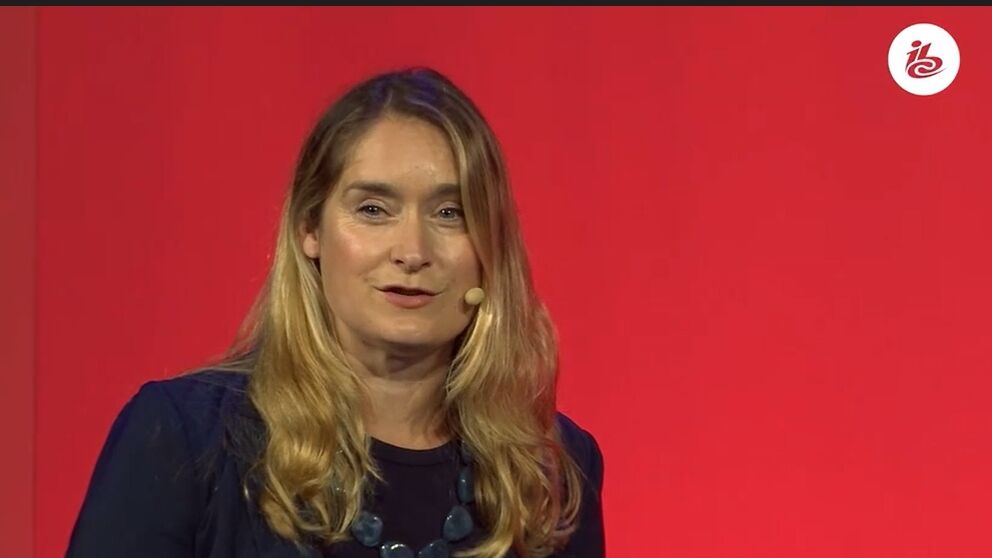In the fast-evolving world of live sports broadcasting, latency has become one of the most critical issues. Broadcasters are increasingly looking for innovative solutions that can match or even surpass the performance of traditional broadcast systems.
Proposed by Comcast and supported by champions Comcast, BT Media & Broadcast, AP, and Globo, and participants, Videoclarity, Castlabs, Ateme, AMD and HP, the Scalable Ultra-Low Latency Streaming for Premium Sports project seeks to achieve Twitter-equivalent latency and near-instant playback start using standard HTTP streaming technical stack and infrastructure. The areas explored will be the use of low-latency encoding and segment-based ingest, the latest low-delay extensions to MPEG DASH, and possible uses of MV-HEVC video codec and the QUIC protocol.
The goal of the proof of concept (PoC) is to explore an end-to-end system comprising an encoder, a latency-optimised origin, and a mix of open source and proprietary DASH players. In addition, the innovation would be the achievement of sub-2s glass-to-glass delay with standard adaptive streaming, which will allow premium sports experiences...
You are not signed in
Only registered users can read the rest of this article.

Poacher turned gamekeeper: Netflix rules, for now
Netflix raids Hollywood to land a giant of old media, but having offered billions over the odds for ageing IP, would a smarter play have involved the creator economy?

Truth in the age of deepfakes: Building trust in the human-machine era
As deepfakes become prevalent throughout the media industry, experts at the BBC, Guardian, and ITN wrestle with the implications of today’s unprecedented levels of disinformation and distrust.

Rory Peck Awards: Truth has never needed its defenders more
This year’s Rory Peck Awards was an affirmation that press freedom is in severe danger, that it has become a vicious fight to sustain that facts matter. George Jarrett reports.

Camerimage: “The time to be afraid of AI was two years ago”
The festival of cinematography remains political with the rise of AI and gender equality bubbling beneath the surface.
.jpg)
Content Everywhere: Disruptive forces in 2025, from AI to ROI and SGAI
Looking back over 2025 to date, it’s clear that AI continues to widen its role in the Content Everywhere ecosystem, and many companies are becoming more discerning about how and where the technology should be applied to streaming and video technology. Clearly, there is still much more to come, and much more to learn, but what have recent developments taught the industry to date?





